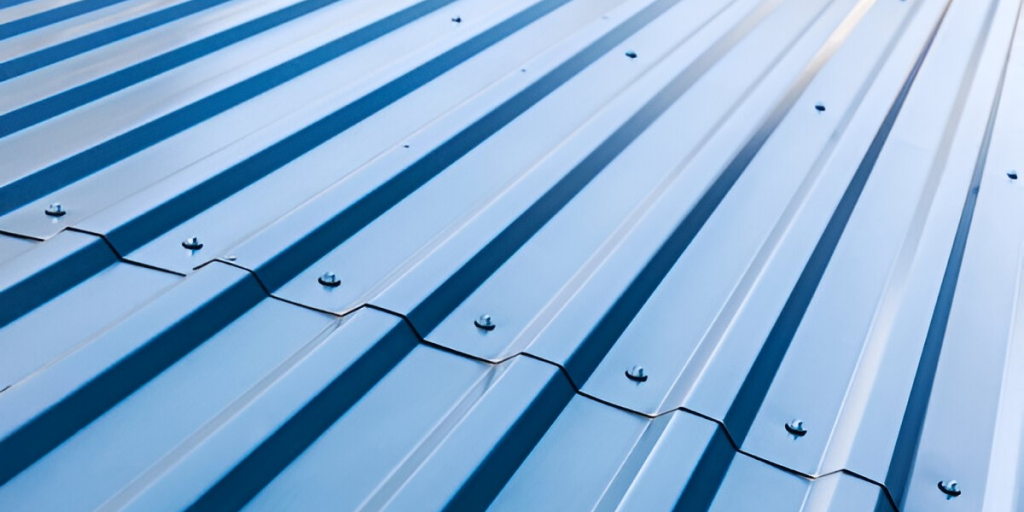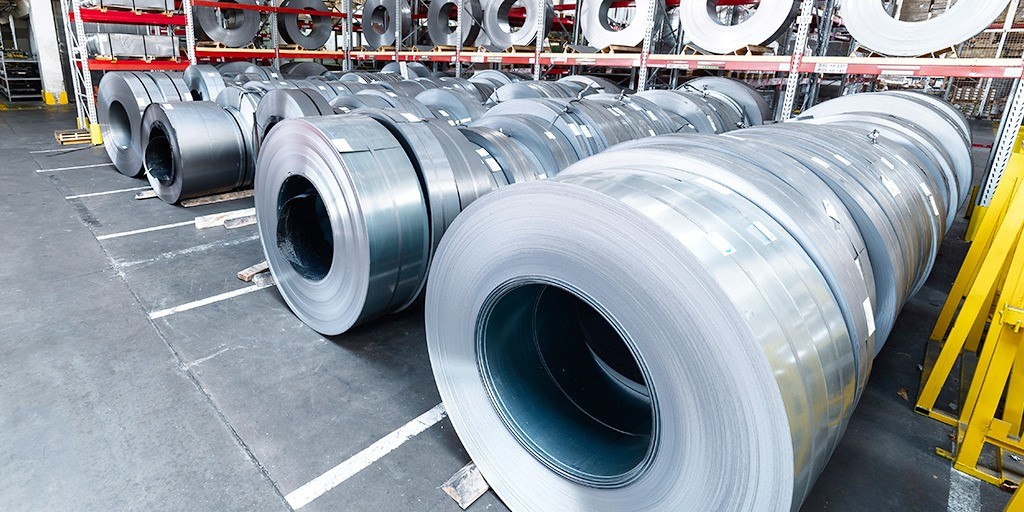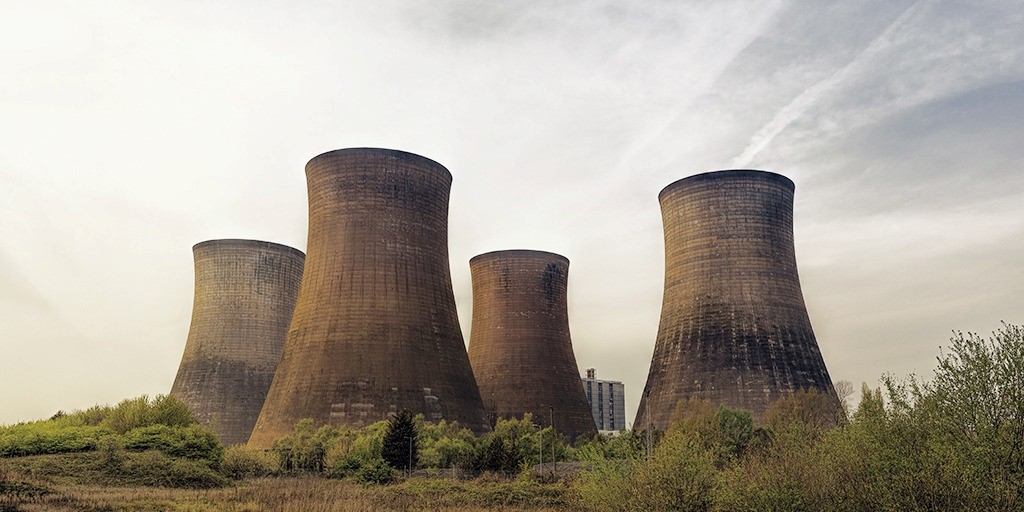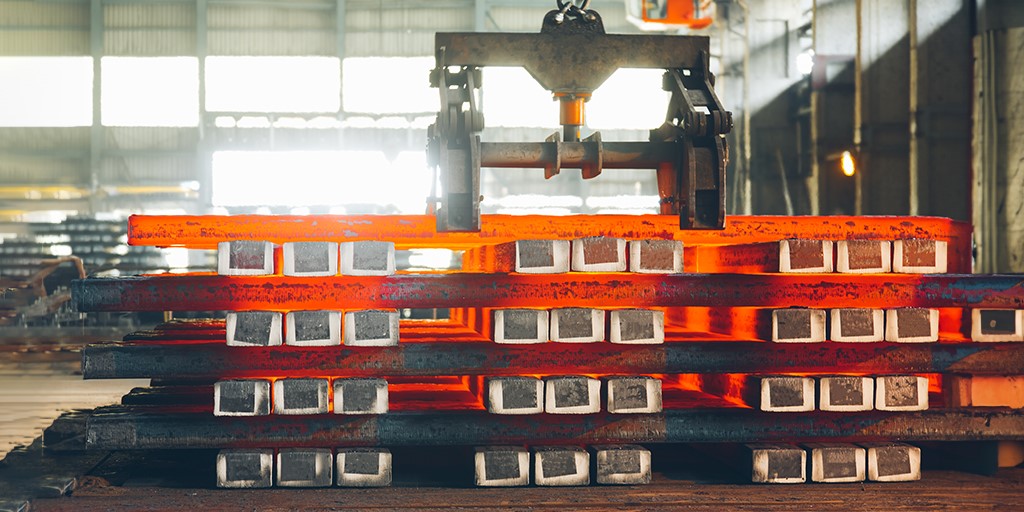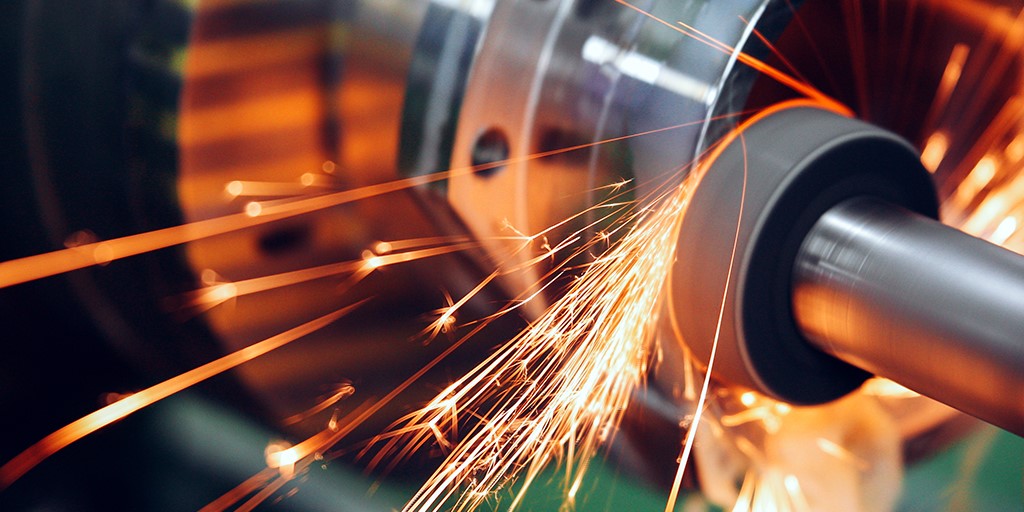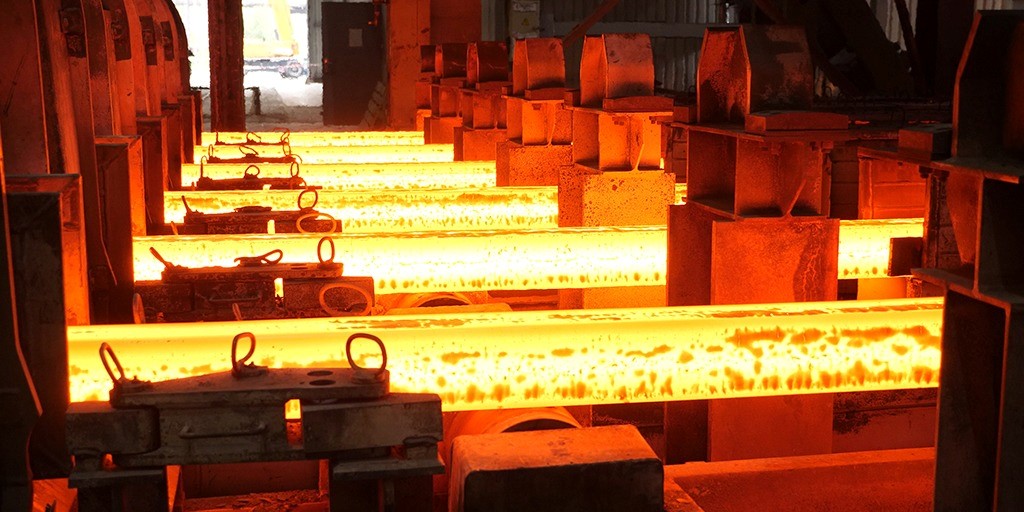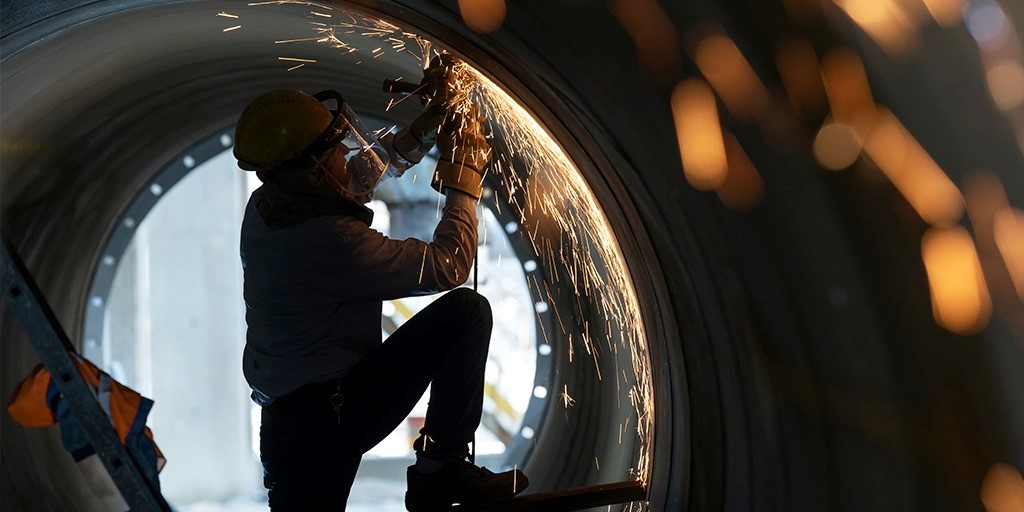
Everything you need to know about steel | Different Types of Steel
The extraordinary qualities of steel have made it a fundamental part of contemporary society. It’s remarkable durability and flexibility have shaped practically everything, including kitchens and skyscrapers. Steel is a versatile material that fits well into many applications and is the main component of machinery. Its long life and corrosion resistance also make it a sustainable option over other metals. In this blog, we will explore the multifaceted characteristics of steel, which contribute largely to its use across sectors.
Composition of steel
A steel alloy primarily consists of carbon and iron. The carbon content varies by grade, ranging between 0.03% and 1.075%. Although iron is the primary component, its properties are not similar. Iron’s properties and adaptability is largely different than that of steel. The physical properties of steel are primarily derived from iron, while other metallic or non-metallic elements strengthen chemical properties such as resistance.
Manufacturing of steel
Steel is produced by two primary methods: the Basic Oxygen Furnace (BOS) method or the Electric Arc Furnace (EAF) method.
The BOS method, which originated from the Bessemer Process, uses basic materials to produce steel. Iron ore is dissolved in a blast furnace, where it is subsequently reprocessed through the passage of oxygen through the heated iron. Following this, oxygen is used to reduce the carbon and impurity content of iron, thereby transforming it into oiled steel. EAF is a more modern production process than BOS, which makes use of waste steel. Molten steel is produced by passing waste steel through high-powered electric discharges and melting it into high-quality steel.
After being produced as molten steel, it is subjected to an additional process to change its composition. This involves adding or removing specific components. After the final composition has been selected, the manufacturing, fabrication, and finishing phases begin.
Types of steel
During the production process, various varieties of steel are produced, which are classified according to their physical, chemical, and environmental characteristics. The classification depends on factors such as carbon content, impurity levels, and the incorporation of supplementary alloying elements.
Additionally, they are categorised into four distinct groups according to their physical properties and chemical structures:
The carbon steel:
Manganese, silicon, and copper are among the alloying elements that are traced in carbon steel. Further, three sub-groups are classified based on their carbon content:
- • Low carbon content (0.3 percent) characterises the most common variety of carbon steel.
- • Medium carbon content, varying between 0.3% and 0.6%, also comprises manganese.
- • 5% carbon is present in high-tensile carbon steel, which is the strongest type.
Alloy steel:
This type of steel contains various amounts of alloying elements like aluminium, chromium, copper, manganese, nickel, silica, and titanium. These elements largely influence properties like corrosion resistance, strength, or ductility. Alloy steel is comparatively cheaper and is often used in auto parts, mechanical work, power generators, and pipelines.
Stainless steel:
Stainless steel has a low carbon content that typically ranges between 10% – 20%. It is commonly used in home appliances, food processing equipment, and kitchen utensils because of its resistance to corrosion and high-temperature properties.
Tool steel:
Tool steel has trace elements of cobalt, molybdenum, tungsten, and vanadium, which makes it hard, durable, and heat-resistant. This type of steel, as the name suggests, is ideal for making tools that are used for drilling, cutting, and stamping.
Steel continues to be a leading material in every technological, infrastructure, and even household material. Whether it’s enhancing corrosion resistance, improving heat resistance, or strength, steel continues to be an integral part of shaping everything around us. Steel continues to be the first choice as we create more advanced technology, equipment, and infrastructure, opening the door to a more robust and sustainable future.



